the Seidelin plan
/Through the first half of the 19th century, the area inside the old city gates, inside the banks and moats of the old defences, had become increasingly overcrowded and there were still restrictions on building immediately beyond the outer ditches to maintain clear ground with no cover for attacking forces and to ensure that there were clear sight lines for defending fire and so on if the city was besieged.
Everything came to a point of crisis in 1853 when there was an outbreak of cholera in Copenhagen and 5,000 citizens died over 4 months that summer. It was obvious that overcrowding and poor sanitation were the cause of the cholera and it was equally clear that little could be achieved without a substantial number of people moving out of the tightly-packed and overcrowded houses within the walls.
In 1857, a plan for new areas of streets, squares and apartment buildings was drawn up by Conrad Seidelin in anticipation of the walls being removed.
The plan shows the old part of the city in pale grey and a great ark of new development in dark grey between the old city and the lakes to the west and also an area of new buildings immediately south of Kongens Nytorv where there were shipyards.
Key reference points, when looking at the map, are the lakes that are little different now and Christiansborg are the Royal Palace can be picked out easily but this proposal involved not just levelling all the walls, gates and ditches but also building across Kastellet - building right across to a new formal garden, shown top right, close to what is now Amerika Plads and the old Free Port constricted at the end of the 19th century.
The area of Holmen, on the seaward side of the harbour is shown as clear of buildings although there were naval yards there.
The canals and the arrangement of the streets of Christianhavn have changed little in the intervening 150 years.
Work on removing the bastions and the high embankments and some of the defensive ditches did not start in earnest until the 1870s and the layout of new streets was, in the end, rather different from Sedelin’s scheme, retaining not just the Katellet but also some of the ditches.
However, a huge number of apartment buildings were constructed establishing a basic form, with courtyards, communal staircases and relatively mixed accommodation with, in many buildings, relatively large apartments on the first and second floors over, in many cases, shops or offices. There was clearly some social zoning (to use a modern term) with working-class apartments - for instance to the west and north of Israels Plads - and many with a single room, and with much grander blocks along Grønningen looking down on Kastellet and then later along Dag Hammarskjölds Allé where there were some apartments with 12 or more large rooms and complex arrangements for servants.
What I find interesting about the plan of the city, as it evolved, is that, in the end, there were substantially more open areas and public buildings than Seidelin proposed. Sections of the defensive ditch were retained as lakes at the centre of large new public parks and gardens and some of the finest and most important public buildings in the city were constructed on the land that had been opened up by clearing the city walls and these included a new city hall, a new national art gallery (Statens Museum for Kunst), the Ny Carlsberg Glyptotek museum and gallery, libraries, academic institutions and a botanic gardens.
Building work progressed rapidly and by the last years of the 19th century blocks of apartments were being built well beyond the lakes as the new areas of Vesterbro, Fredriksberg, Nørrebro and Østerbro developed.
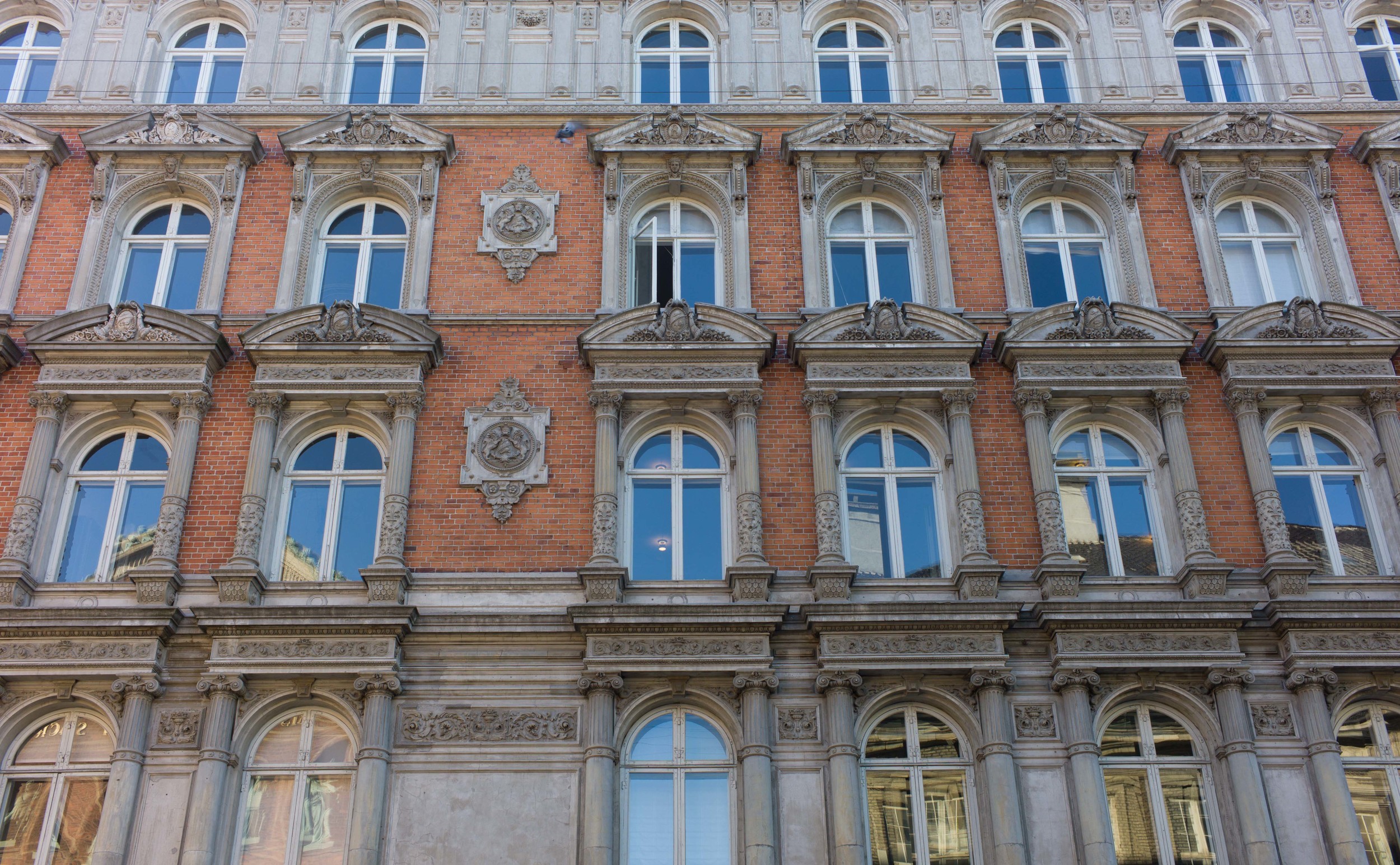

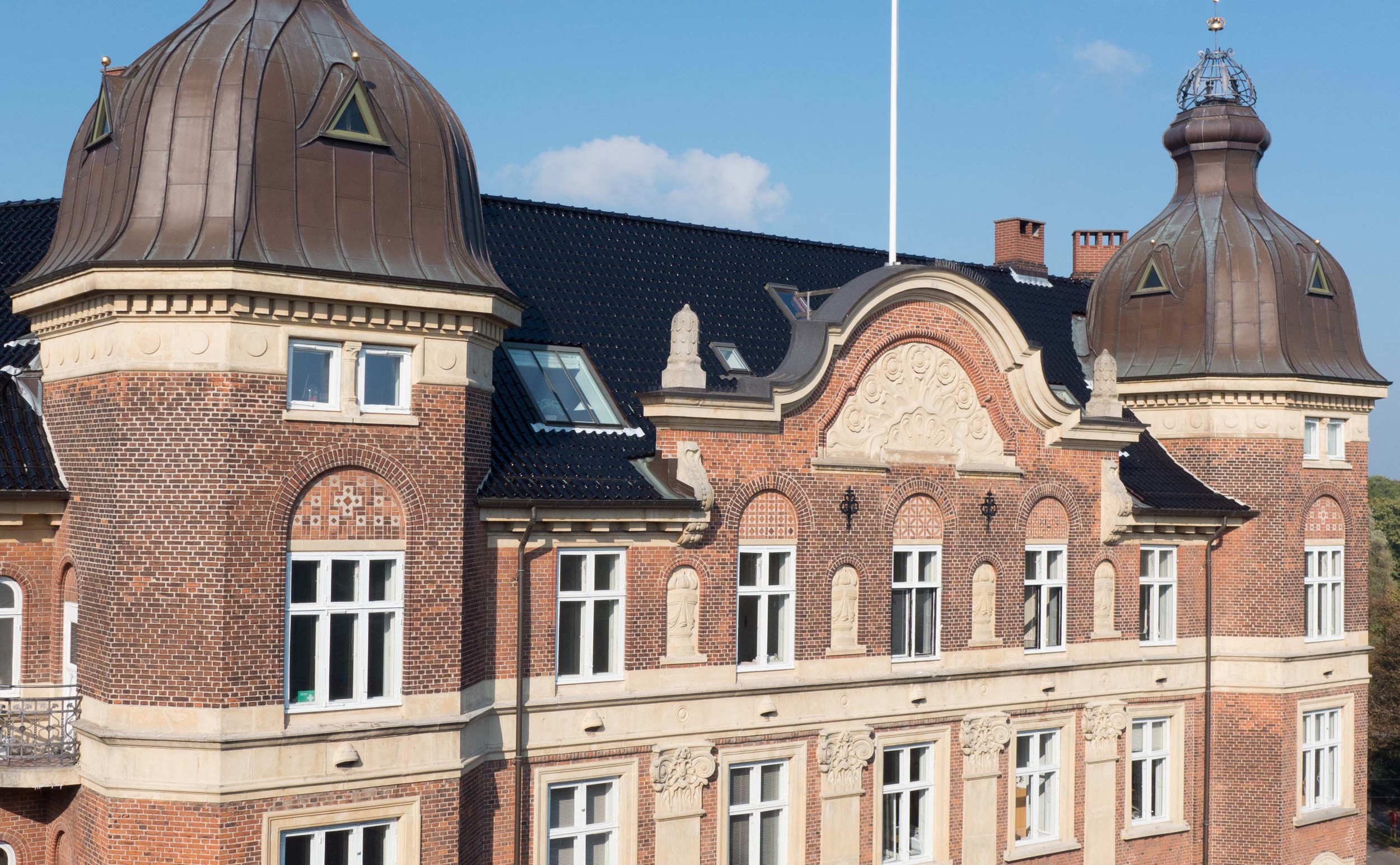

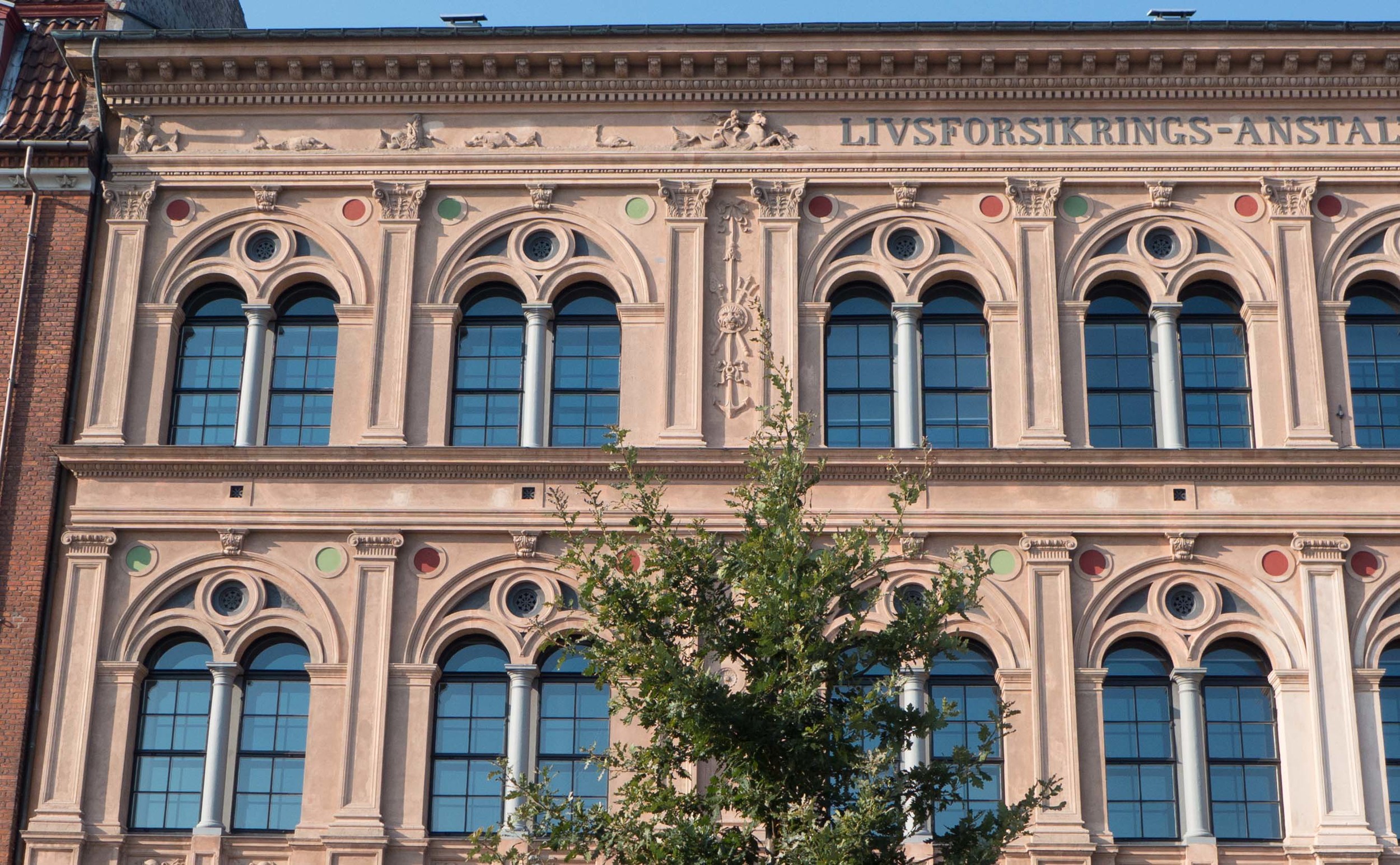
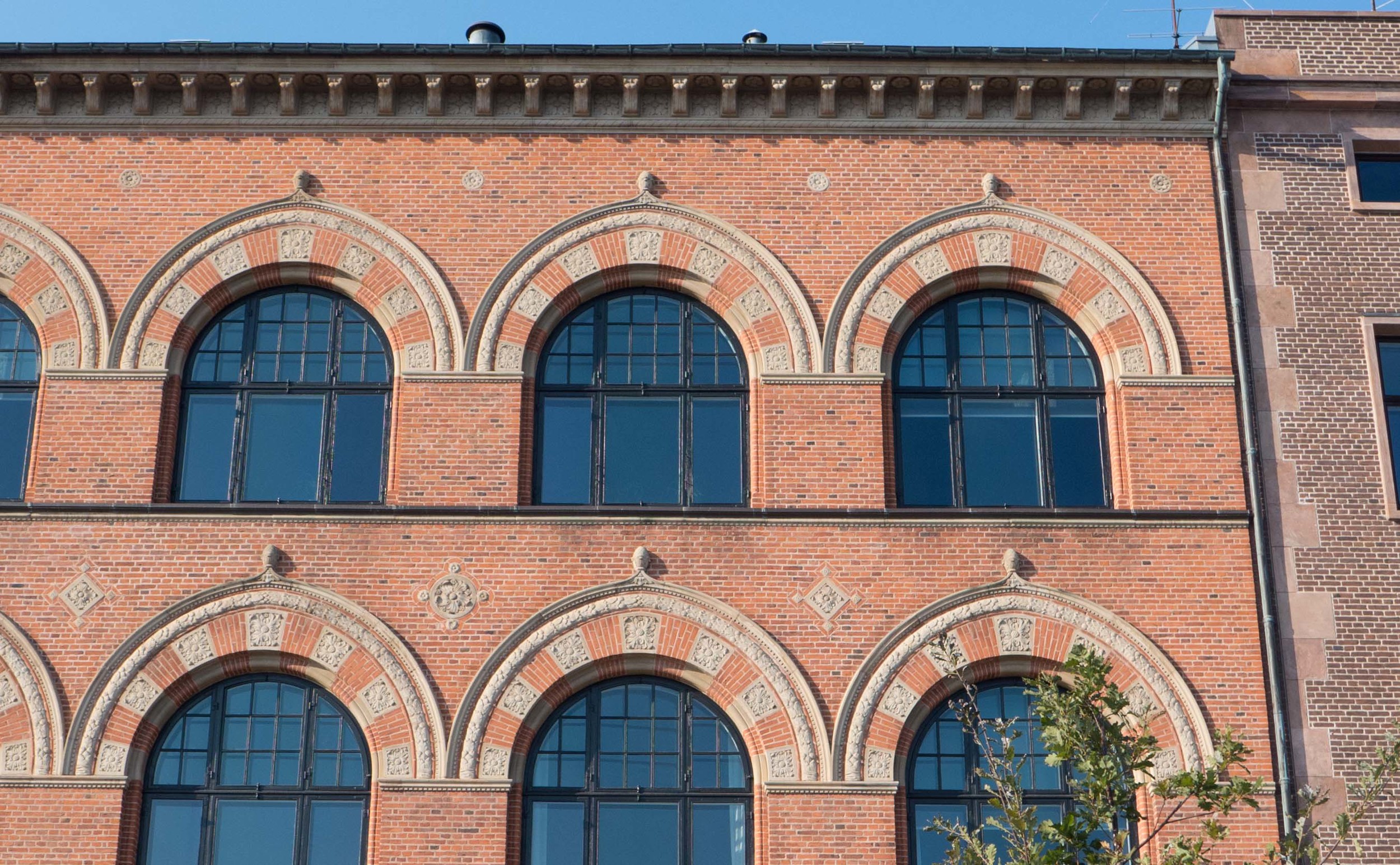
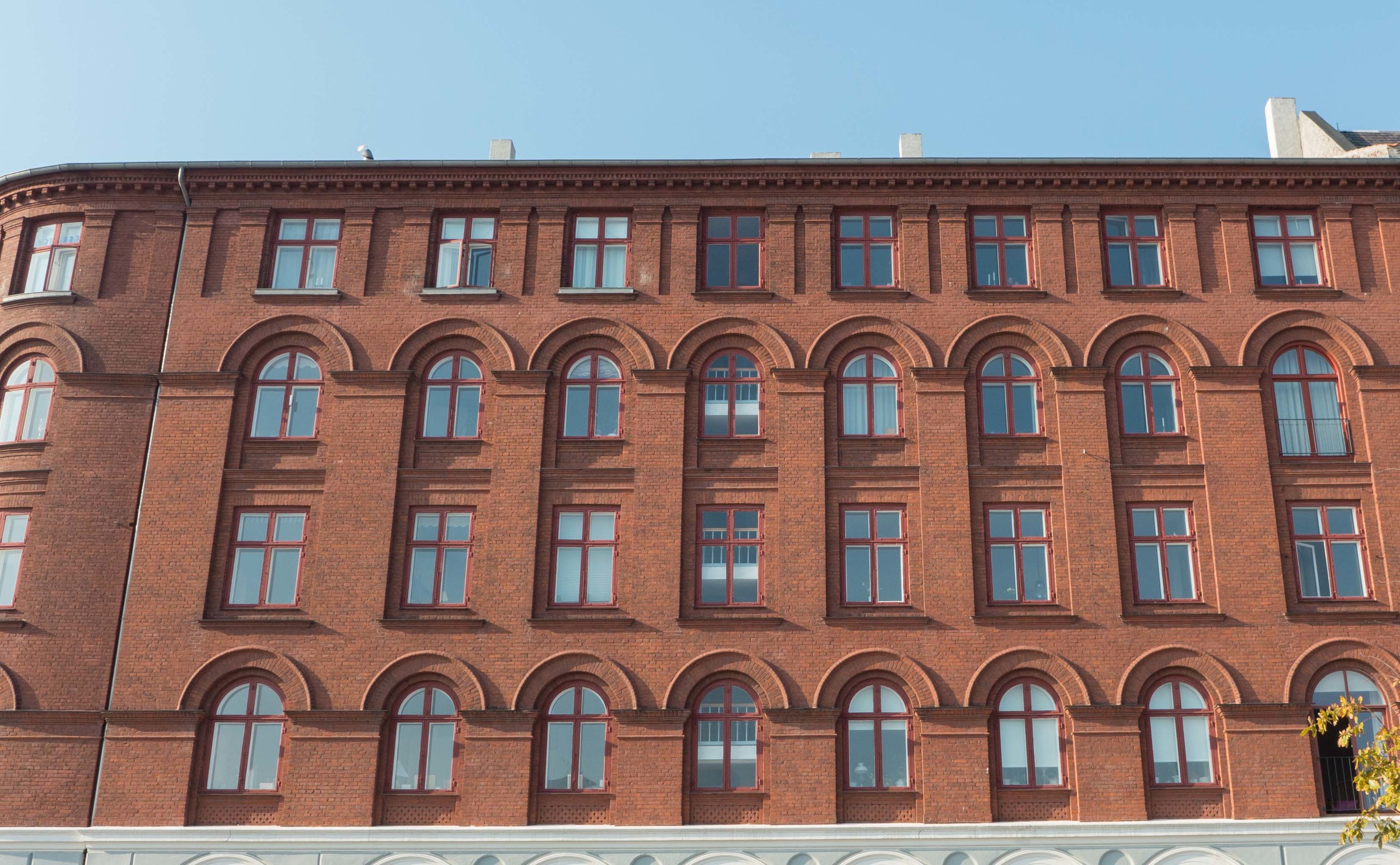

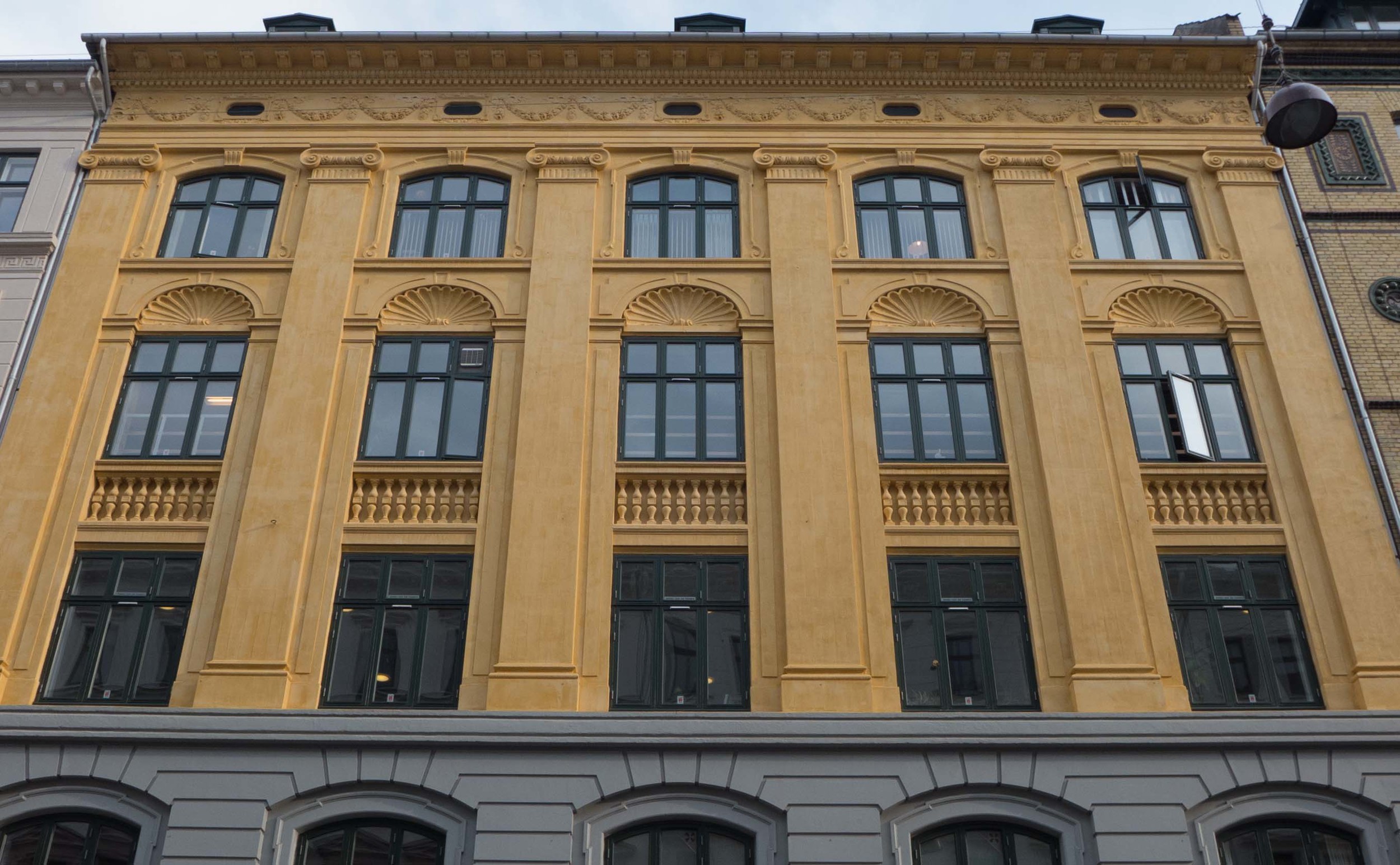
Many of the apartment buildings within the lakes were incredibly grand and had bravado shows of craftsmanship in the brickwork, stonework and plasterwork of their facades. There must have been a phenomenal army of skilled brick layers, masons and plasterers in the city at that time. Above all, in terms of the focus of this web site, this was when the period when furniture and other design trades really became established in Copenhagen, on a large commercial scale, to decorate and furnish all those new apartments.












